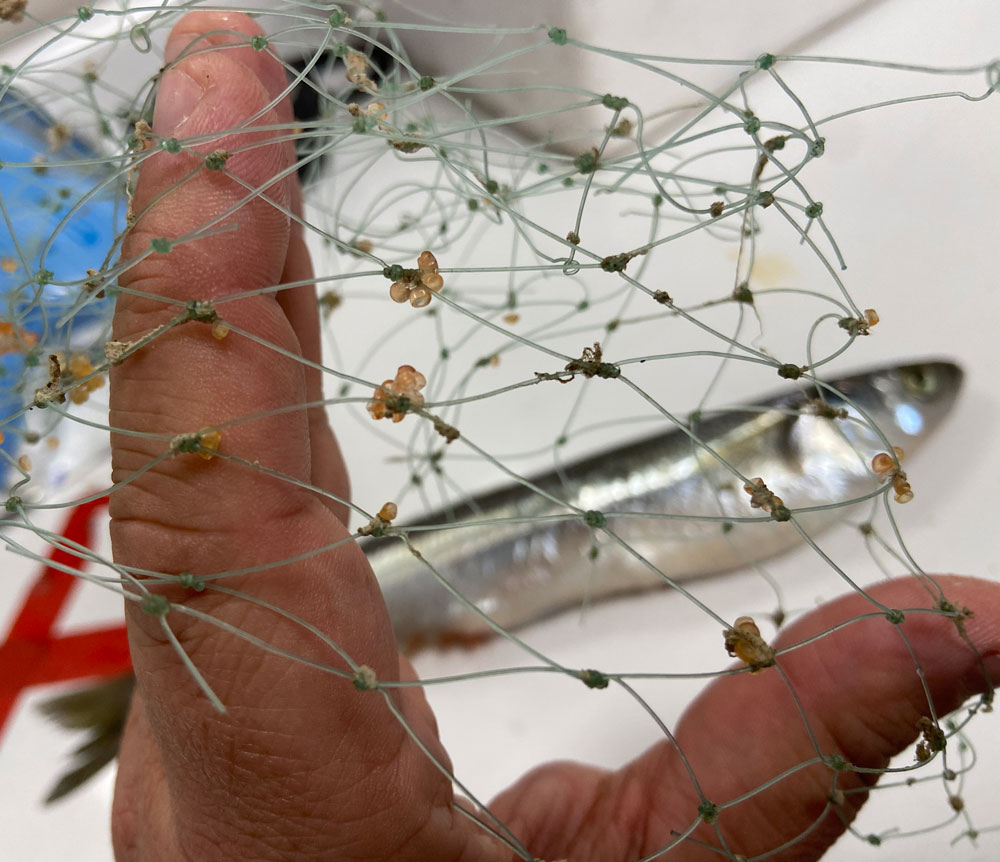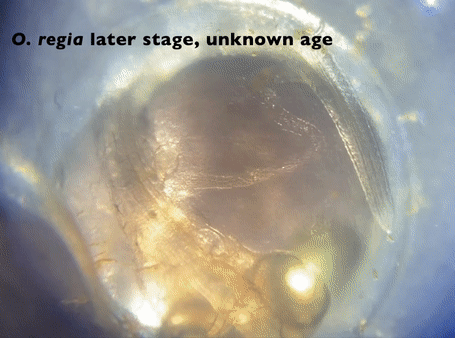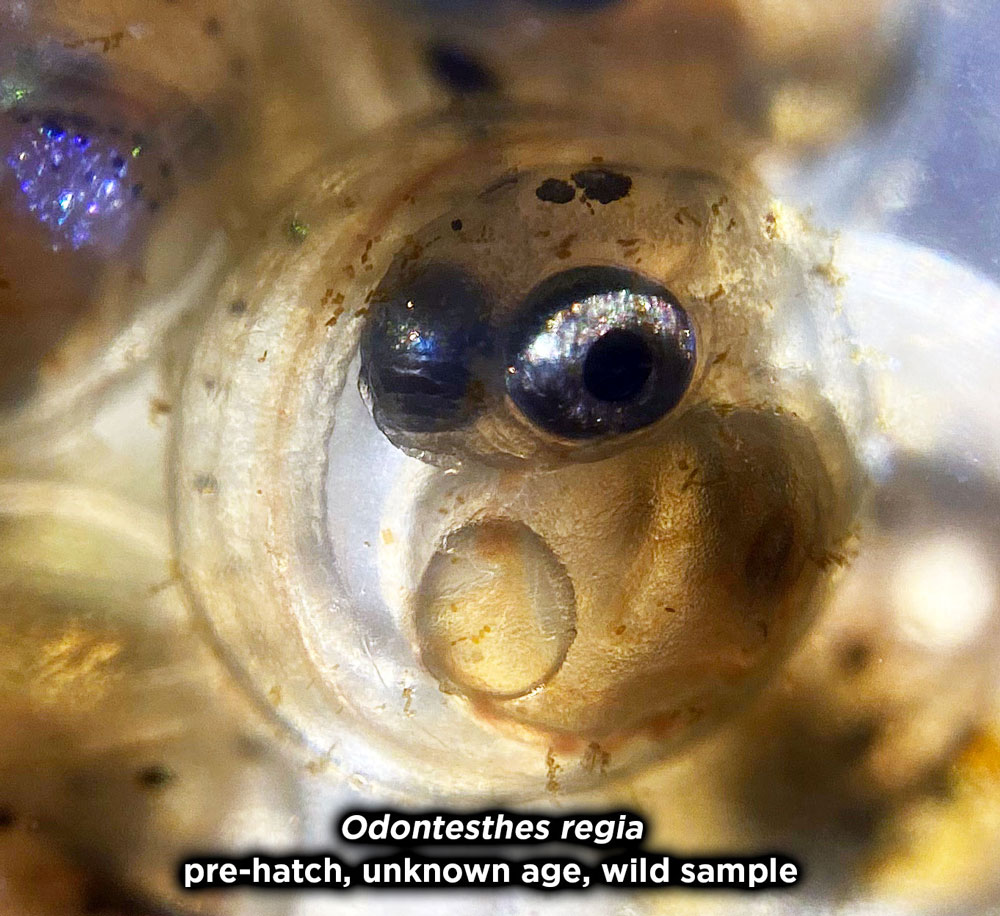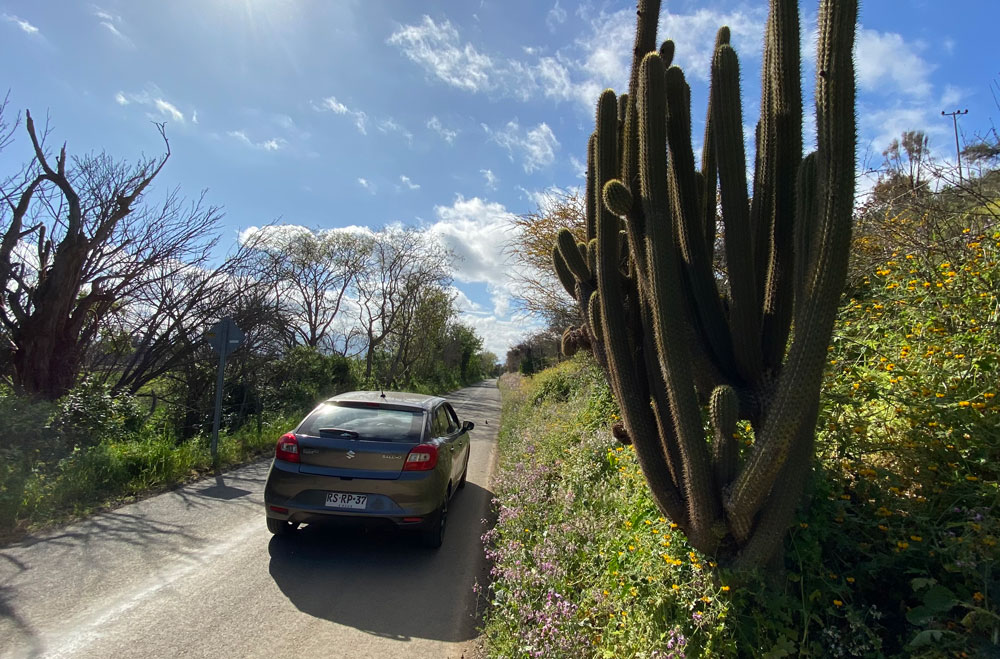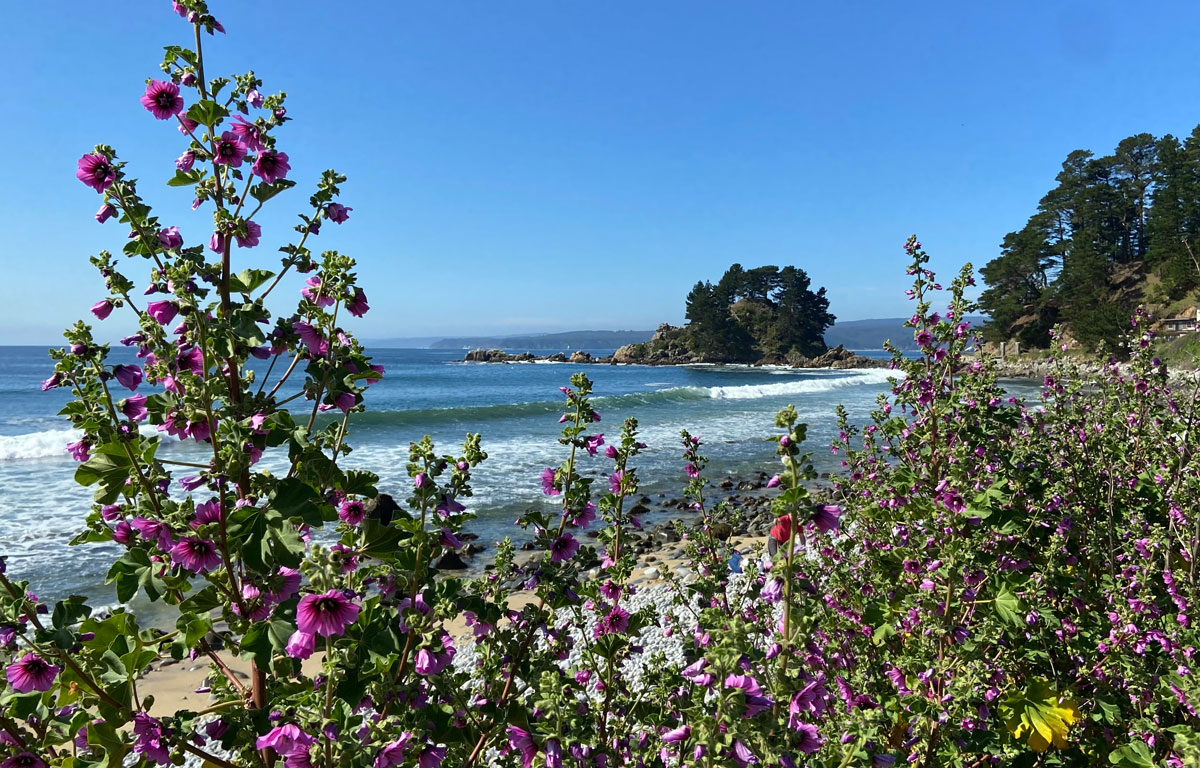A two-week stint to south-central Chile ends with a successful proof-of-concept that planned research on a Chilean silverside species will be highly feasible, opening avenues for a budding US-Chilean collaboration.
Concepcion (Chile), 12 October 2022. Two incredible weeks of adventure and scientific exploration for new and potentially groundbreaking science are coming to a close. In preparation for next year’s sabbatical, Hannes has met and made friends with colleagues at the Universidad the Concepción in southern Chile, travelled some 2,000 miles along the stunning Chilean coast, scoured local fish markets and accompanied artisanal fishermen on their nightly pursuits. The goal: finding a small fish that looks all too familiar – a silverside!
The Chilean silverside (Odontesthes regia), locally known as ‘pejerrey’, looks eerily similar to the Atlantic silverside (Menidia menidia), the model that has already inspired decades of eco-evolutionary research across many labs including ours. And like its northern hemisphere cousin, Chilean silversides occur over an astounding geographical range along the South American Pacific coast, all the way from Puerto Montt (42°S) to southern Peru (10°S)! There, average coastal temperatures change predictably with latitude and therefore provide a natural climate gradient in space that could serve as an analogue to climate change in time. Whether and how Chilean silversides show similar local adaptations to their latitudinal gradient is a big question – and next year’s sabbatical will start to provide some important answers.
To prepare, Hannes spent two weeks in September and October 2022 in Chile. Hosted by the ever-enthusiastic Prof. Mauricio Urbina from the zoology department and thanks to a visiting grant from the university, we were ready to start exploring. Our specific goal for this trip was to find spawning-ripe pejerrey in two of the planned four locations along the coast.
The luck was on our side and the timing of the visit turned out to be perfect. On a nightly fishing trip with the artisanal fisherman Juan Figueroa from the small village of Tumbes near Concepción, we caught running ripe males and females, observed naturally deposited egg masses in nearshore waters, and were able to subsequently document the temperature-dependent development of newly fertilized embryos.
On an epic road-trip up the coast all the way to Coquimbo, Hannes and graduate student Rocio Barrios stopped at many villages and local fish markets, gathering information and finally securing precious samples of spawning-ripe pejerrey from a fisherman at the Coquimbo fish market. Transporting the embryos was a success, too, thereby paving the way for the proposed research plan next year.
The real, big common garden experiments will take place from September – December 2023 at the Dichato Marine Station near Concepción, a small but recently renovated station with excellent facilities for our purposes.
While at the University, Hannes also gave a seminar talk to the students and faculty explaining his excitement and plans for coming to Chile, which received great interest, curiosity, and students expressing interest to play a part in this.
- Baumann, H. 2022. Principles of local adaptation across environmental gradients (or: why I’m so darn interested in studying Chilean silversides). Invited seminar talk. University de Concepción, 29 Sep 2022

